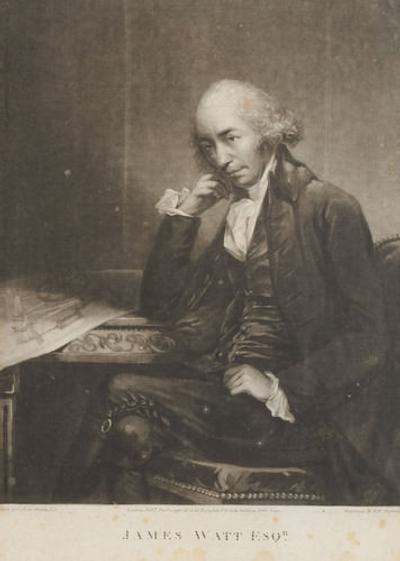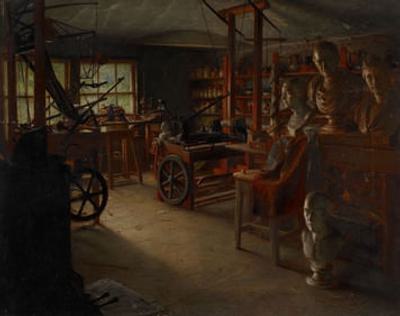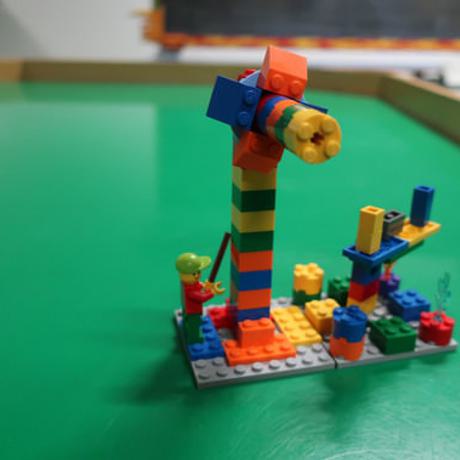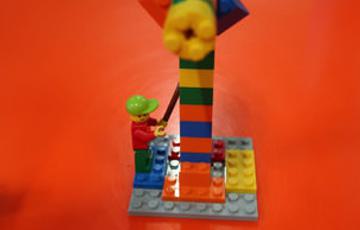Local Historic People: James Watt
ResourcesName of the person: James Watt
Job: Inventor and Engineer
Bio: Born in Scotland, James Watt was an engineer, chemist and inventor. His fundamental changes to the Newcomen steam engine enabled the industrial revolution to speed ahead.
Born: Born in Greenock, Scotland on the 19th January 1736.
Died: Handsworth, Birmingham on the 25th August 1819.
Married: Watt was married to Margaret Miller until her death in 1773. He then remarried, this time to Anne McGrgor, until his death in 1819.
Short fun fact: Fun Fact! Watt developed the measurement unit Horse Power!
Education: Watt spent many years at Greenock Grammar School, as well as being home schooled.
Key Facts
Key Fact 1: Early Life
Watt was born in 1736 in Scotland. He trained initially as an instrument maker and repairer. Though he didn’t have the traditional apprenticeship background he was able to carve out a living repairing instruments at Glasgow University. Watt become fascinated by steam engines at a young age and began to read everything he could about them whilst trying to make small models for himself.

Key Fact 2: Development of the Newcomen Engine
Whilst fixing a model Newcomen engine, the kind which had existed almost unchanged for around 50 years. Watt realised that this type of engine wasted enormous amounts of energy heating and cooling the cylinder. After much experimentation and failed business ventures. Watt was able to build his separate condenser with funding form new business partner Matthew Boulton. The two had an enormously successful partnership for many decades. The Smethwick Engine at Thinktank is a Watt engine and the oldest working engine in the world.

Key Fact 3: Later Life and Inventions
As well as revolutionising the steam engine, improving the efficiency with his separate condenser. Watt also developed parallel linages to use steam power for more than just water pumps in mines, he developed the centrifugal governor a types of document copier and also experimented with different way of making the chemical chlorine.
Throughout his life Watt suffered with anxiety and worry, particularly surrounding business deals, often making himself extremely unwell. Watt retired in 1800 and passed away at his home, Heathfield Hall, in Birmingham in 1819.

Activities to try out
For the little ones
James Watt was a mathematical instrument marker and repairer; which meant he use look at and fix things like sundials, compasses and scales. Make your favourite cake and practise using the scales to measure out the ingredients. Stuck for what to make - check out our Sarehole Mill Bakehouse Instagramfor baking ideas.
Kids
Using materials in your own home or even using Lego! Create your very own invention! Check out some example of what you can do in our gallery at the bottom of this page. Tell us about your invention on Twitter @BMTLearning
Young adults
Make a storyboard of his life. You can map it out in a timeline, and mark his ‘successes’.
For example, you can mark when he got married, when he met Matthew Boulton, when his wife died, and ‘highs’ and ‘lows’ of his life.
Check out more information here:
Share your storyboard with us on twitter at @BMTLearning

